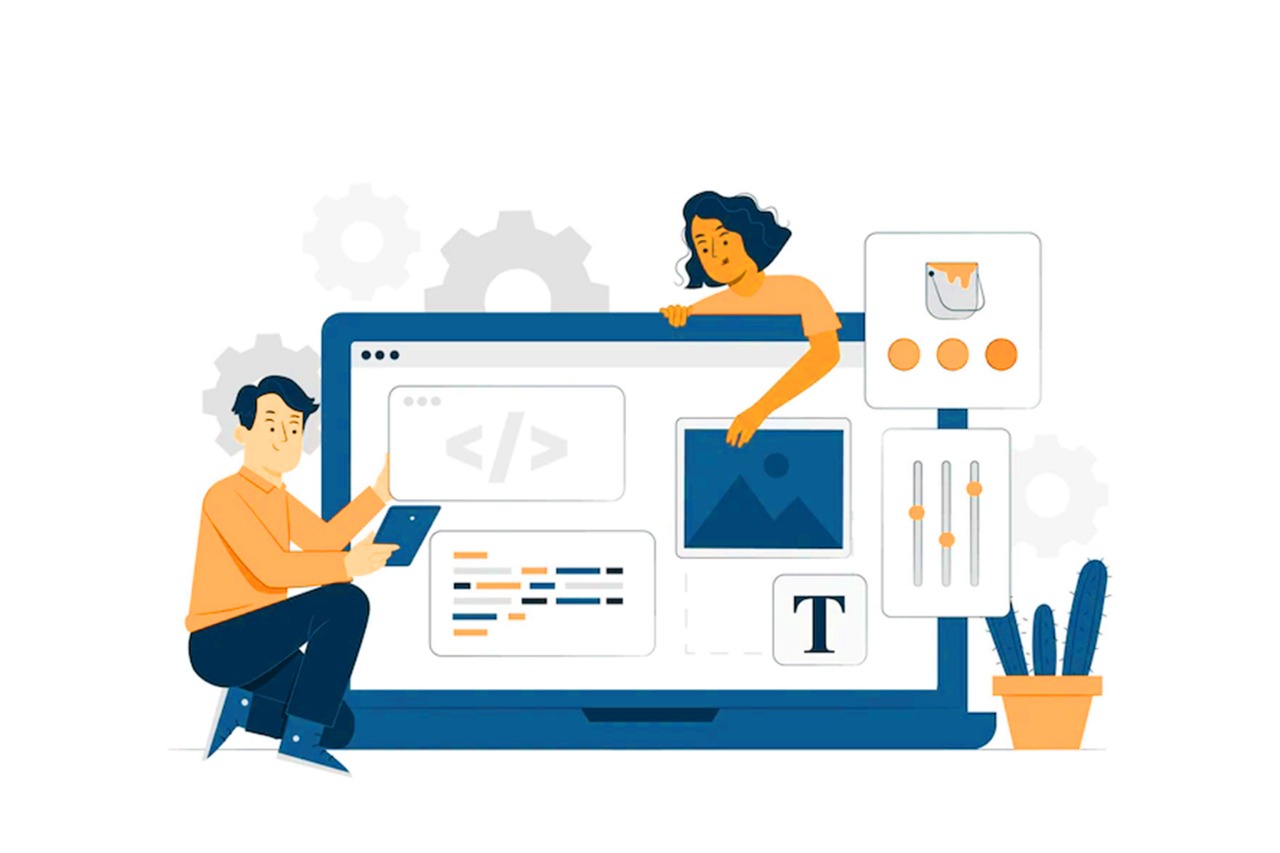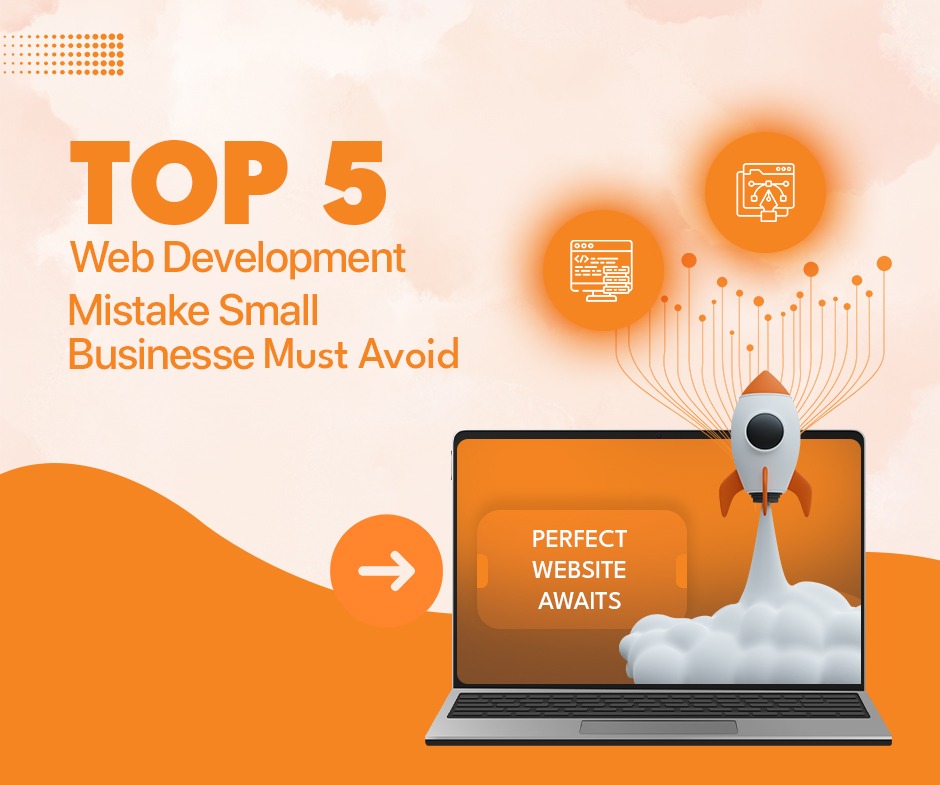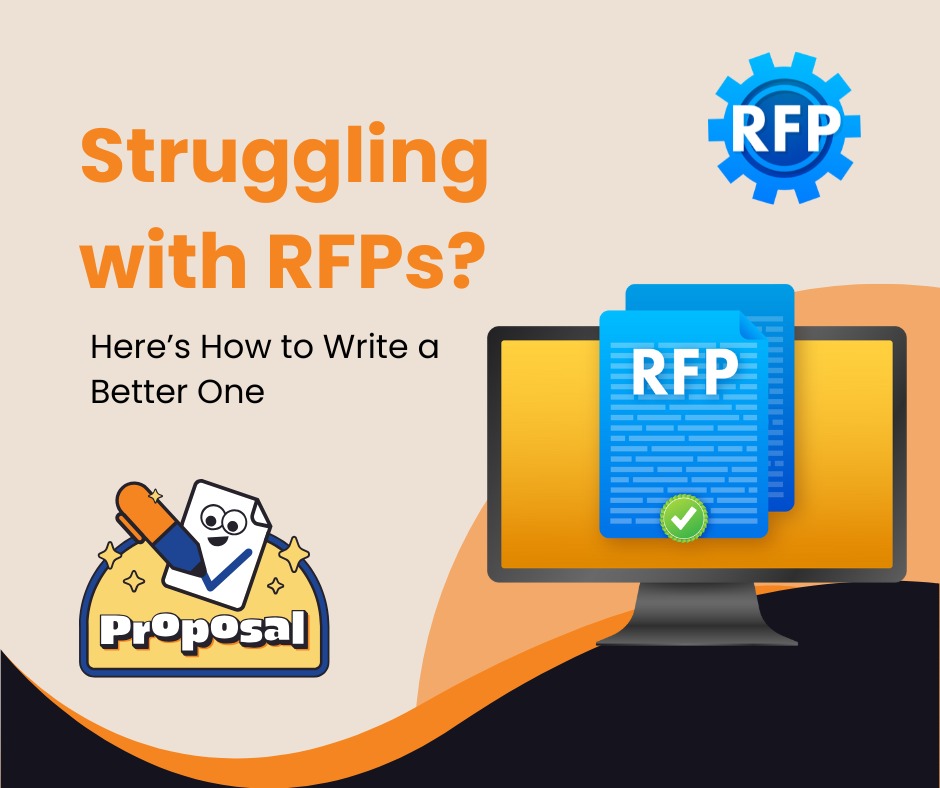What is Front-end and back-end?
The two most common terminology used in web development are front-end and back-end. Although they are extremely distinct from one another, these phrases are incredibly important for web development. To increase the functioning of the website, each side must cooperate and interact with the other as a single entity.
Front-end:
The front-end of a website refers to the area that users interact with directly. It is sometimes referred to as the application’s “client side.” It covers everything that users see and interact with immediately, such as button colors, text styles, photos, graphs, and tables. For front-end development, three languages are used: HTML, CSS, and JavaScript. Front end developers put into practice the structure, design, behavior, and content of everything seen on browser displays when websites, web applications, or mobile apps are opened. The Front End’s primary goals are responsiveness and performance.
Back-end:
Back-end refers to the server-side of the application, whereas front-end refers to the client-side. Both are essential to web development, yet their jobs, duties, and working conditions are very different. Back-end is basically how everything operates, whereas front-end is what users see.
Although back-end and front-end are equally essential to how a website functions, there are some functional distinctions between them. They are like two halves of the same coin. Front-end is everything that a user can see and engage with, whereas back-end is everything that a user cannot see.
Front End Languages:
HTML
Hypertext Markup Language is what HTML stands for. It is used to create web pages’ front ends using a markup language. The acronym HTML stands for Hypertext Markup Language. The link between web pages is defined by hypertext. The written documentation contained within the tag that specifies the structure of web pages is defined using markup language.
CSS
The process of making web pages attractive is made easier with the use of CSS, often known as cascading style sheets. Applying styles to web pages is possible with CSS. More crucially, CSS makes it possible for you to do this without relying on the HTML that each web page is composed of.
JS
Famous scripting language JavaScript is used to work its magic on websites to make them interactive for users. It is used to improve a website’s functionality so that enjoyable games and web-based applications can run on it. Javascript, which may be used in the front-end and the back-end, is essential to becoming a skilled developer.
Depending on the framework, one can perform front-end development using a variety of additional languages, such as Dart for Flutter, JavaScript for React, and Python for Django, among others.
Front End Frameworks and Libraries
A toolkit for building responsive websites and web applications, Bootstrap is free and open-source. The framework is the most well-liked combination of HTML, CSS, and JavaScript for creating responsive, mobile-first websites.
For creating user interfaces, React is a declarative, effective, and flexible JavaScript library. ReactJS is a free, component-based front-end library that is exclusively in charge of the application’s view layer. Facebook looks after it. React Js also makes front-end development incredibly simple.
The open-source front-end framework AngularJS is mostly used to create single-page web apps (SPAs). It is a framework that is always developing and expanding and offers improved ways to create online apps. The static HTML is converted to dynamic HTML. A free version of the open-source project is available. Data is associated with HTML, and Directives extend HTML attributes.
Google is the manager of the open-source Flutter UI development SDK. Dart is the programming language that powers it. It creates efficient and aesthetically pleasing natively compiled applications from a single code base for desktop, web, and mobile (IOS, Android). Flutter’s primary selling point is the ease, expressiveness, and adaptability of flat development thanks to native performance and UI. Flutter delivered Flutter 2 in March 2021, an upgrade that would allow developers to create and release web applications while still in development for desktop applications.
JQuery is an open-source JavaScript library that streamlines interactions between JavaScript and the Document Object Model (DOM) of an HTML/CSS document. To elaborate, jQuery makes JavaScript programming for cross-browser use and the traversal and manipulation of HTML documents, as well as DOM animations and Ajax interactions, easier.
The most dependable, developed, and robust CSS extension language is SASS. It is used to easily add everything from variables, inheritance, and nesting to an existing CSS style sheet on a website.
Semantic-UI, Foundation, Materialize, Backbone.js, Ember.js, and other libraries and frameworks are a few examples.
Back End development
The server-side of a website is called the back-end. It also ensures that everything on the client side of the website functions properly while storing and organizing data. It is the portion of the website that you are unable to view and use. It is the part of the program that users do not directly interact with. Users indirectly access the components and features created by back-end designers through a front-end application. The back-end also includes tasks like writing APIs, building libraries, and interacting with system elements devoid of user interfaces or even systems of scientific programming.
Back End Languages
Major programming languages that are used in back-end are as follows:
The following list of languages is used to build the back-end portion:
PHP is a scripting language used on servers that was created primarily for creating websites. It is referred to as a server-side scripting language since it’s code is executed on the server.
C++ is a general-purpose programming language that is frequently used nowadays for programming in a competitive environment. In addition, it serves as a back-end language.
One of the most well-liked and often used platforms and computer languages is Java. It can scale up very well. Java components are readily available. You will learn more about the appropriate framework, concepts, and other things as a result within a couple a months.
Python is a programming language that enables quick work and more effective system integration. Additionally, it is a crucial language for the back end.
JavaScript code can be run outside of a browser using the Node.js runtime environment, which is free and cross-platform. You must keep in mind that NodeJS is not a programming language or a framework. The majority of folks are perplexed and realize it’s a computer language or framework. For creating back-end services like APIs for web apps or mobile apps, we frequently employ Node.js. Large corporations like Paypal, Uber, Netflix, Walmart, and others use it during production.
Back End Frameworks
Express is a Node.js framework for server-side and backend development. Single-page, multi-page, and hybrid web apps can all be created with it. You can manage a variety of various HTTP requests with its assistance.
Django is a model-template-views-based web framework written in Python. It is utilized to create expansive and intricate web applications. It has the qualities of being quick, secure, and scalable.
Model-view-controller architecture is used by the server-side framework known as Ruby on Rails. It offers pre-built structures including databases, online services, and web pages.
Laravel is a reliable PHP web application framework called Laravel. Reusing the components of many frameworks when building a web application is its best feature.
This server-side framework, called Spring, supports Java applications’ infrastructure. It supports a variety of frameworks, including Hibernate, Struts, EJB, etc. Additionally, it offers add-ons that make it simple and rapid to create Java apps. C#, Ruby, GO, and other back-end programming and scripting languages are a few examples.
Front-end and Back-end differences
| Front-end | Back-end |
|---|---|
| 1. Front-end is the part of website that users see and interact with. | 1. Back-end is the part of website that adds functionality to the website. |
| 2. It is the client-side of the application. | 2. It is the server-side of the application. |
| 3. HTML,CSS and JavaScript is included in Front-end. | 3. Databases, back-end frameworks like django and NodeJS are included in it. |
| 4. It includes UI/UX, responsiveness and the look and feel of the website. | 4. It includes data being transferred to the desired location and it is the engine of a website. |
| 5. It happens in the browser. | 5. It happens in the server. |
| 6. Front-end stack eg: MEAN(Mongo ExpressJS AngularJS NodeJS) stack. | 6. Back-end stack eg: LAMP(Linux Apache MySQL PHP/Python) |
Author: Anurag Pokhrel





